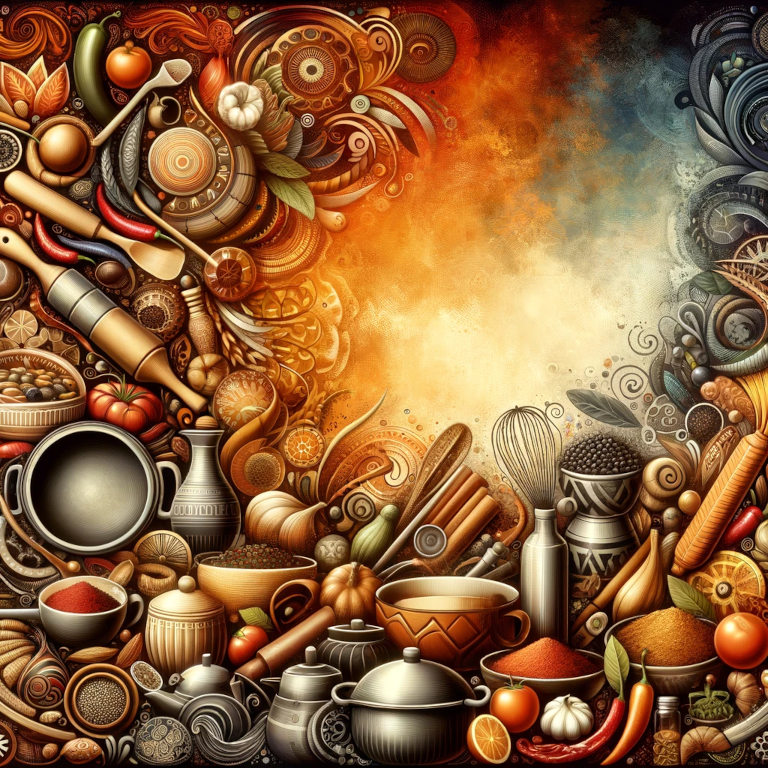Culinary traditions are the heartbeats of cultures around the world, each offering a unique window into the history, values, and artistry of its people. These traditions encompass much more than mere recipes; they represent the methods, ingredients, and customs passed down through generations, each dish narrating its own story of cultural identity and continuity.
Understanding Culinary Traditions
Culinary traditions stem from the geographical, historical, and cultural landscapes of a region. Ingredients often depend on what is available locally, leading to distinct flavors that characterize an area’s cuisine. For example, Mediterranean cooking features olives, seafood, and herbs that are native to its sunny climes, while the spices in Indian cuisine reflect the local flora and historical trade routes that brought these flavors from abroad.
The Role of Culinary Traditions in Modern Kitchens
Today, these time-honored cooking traditions continue to influence modern kitchens, offering a sense of connection to the past. Chefs and home cooks alike delve into these traditions to bring authenticity to their culinary creations and to preserve their heritage. This approach not only enriches their cooking repertoire but also helps keep these traditions alive in a rapidly globalizing world.
Culinary Traditions as an Educational Tool
Learning about culinary traditions is also profoundly educational. It offers insights into the history, economy, and science behind how and why certain cooking methods and ingredients became staples. Take fermentation, for instance, a method used worldwide not just for its flavor-enhancing properties but also for its benefits to health and food preservation.
The Influence of Globalization on Culinary Traditions
Globalization presents both opportunities and challenges to traditional cuisines. On one hand, the easy exchange of culinary ideas and flavors fosters innovation and diversity in the kitchen. On the other, there is a risk that unique regional flavors can become homogenized. This makes the role of culinary educators and enthusiasts crucial in preserving the unique identities of these dishes while embracing new influences.
Sustainability in Culinary Traditions
An integral aspect of many traditional cooking practices is sustainability. Many old recipes are based on using local, seasonal ingredients and minimizing waste, principles that are increasingly relevant in today’s ecological climate. By revisiting these practices, modern societies can learn much about sustainable living.
The Social Aspect of Culinary Traditions
Culinary traditions also play a crucial role in social functions and communal rituals, from the simple daily meals that gather families together, to the elaborate feasts that mark significant life events and holidays. These practices not only nourish the body but also strengthen bonds within communities, reinforcing identities and relationships.
Preserving Culinary Traditions
Preserving culinary traditions is essential in maintaining cultural heritage. This can be facilitated through cooking classes, recipe books, and food-focused media, which help to keep these traditions relevant and appreciated by younger generations. Furthermore, food tourism also plays a significant role, with travelers increasingly seeking authentic dining experiences that reflect the local culture and history.
In sum, culinary traditions are not just about food. They are a vibrant expression of cultural heritage and identity, packed with flavors that tell tales of ecology, medicine, and artistry. They help maintain a sense of community and continuity in a fast-paced world, reminding us of the rich tapestry of human life and history through what we eat. Embracing and preserving these traditions is crucial as we forge new culinary trends and innovations.






